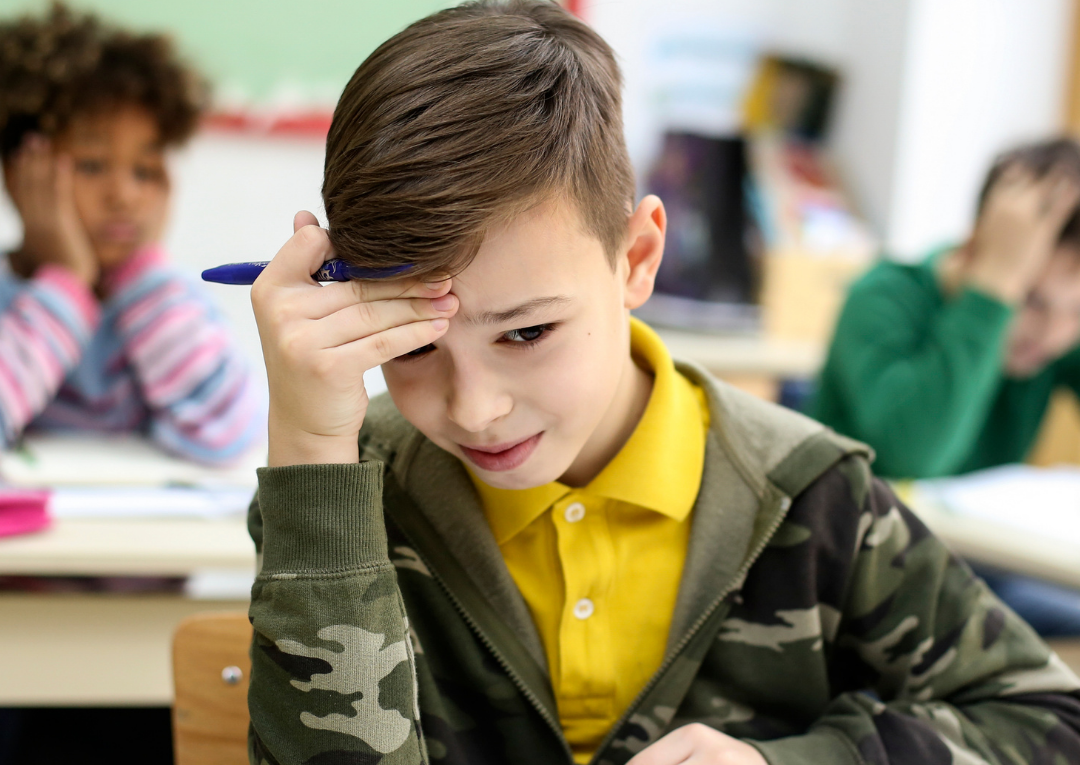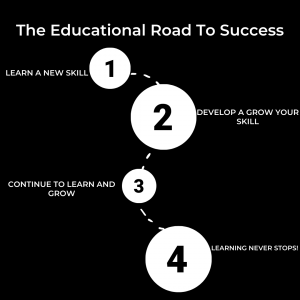How Can Teachers Improve Pupil Outcomes?
Improving student outcomes has been at the core of education policy and practice for decades. Yet, despite their efforts, schools have not consistently shown any significant improvement in student achievement. One of the main reasons for this is a failure to understand the factors that influence student outcomes adequately.
Bad student outcomes (high dropout rate, low grade, poor knowledge, bad health) are very common in our society. Students suffer from a variety of problems, including poor study habits, lack of motivation, and lack of study time. This is something that educators and education professionals strive hard to resolve, likely with help from education consulting firms that try to cover all the bases when it comes to obstacles on the path to sound education. Having made some progress in addressing the problems that plague our society, we still have a long way to ensure that the students who enter university are better prepared for life after graduation. So, how can teachers improve pupil outcomes? Well, you’re in luck because I’ve written down some things that can help you with just that!
- A study by the Outdoor Education Program at the University of Colorado Boulder has found that students who are taught outdoor skills while outdoors have improved test scores and grades. The study gathered data on the teaching methods of eight instructors and compared their students’ academic and disciplinary scores against those of students in a control group that was studied offline. The study concluded that students taught outside are more likely to receive praise from their teachers and have greater self-esteem.
- The quality of feedback given by a teacher can significantly impact student performance and outcome. It improves performance and helps you see what students need to work on. Many studies suggest that the more often students are provided with feedback, the better their academic performance. There is evidence of a positive relationship between student feedback and student performance, particularly for the three to four years following a course.
But feedback is often seen as a mechanism for the teacher to criticize students, and many teachers don’t know how to give effective feedback. It can be hard to give good feedback while avoiding shaming and hurting students. When feedback is given correctly, it helps a student succeed. When feedback is given incorrectly, it causes a student to become discouraged and leads to failed education and bad student outcomes.Now, how can you give good feedback to your students? It’s a tricky situation since giving feedback is also a tricky situation. Just like love, there’s no “right” or “wrong” way to give feedback-it just depends on the situation. And the best thing you can do is be yourself and be honest. Don’t make any excuses, and don’t give the blame to the student. It’s important to be completely honest and say what you think. Make sure the student knows you are honest and that you are listening to what they have to say.
- Another good way to help you, as a teacher, improve student outcomes is by using interactive learning. Most of the time, we approach student learning comes down to what we know to be effective. We see evidence of the benefits of collaborative learning, peer tutoring, and feedback in the classroom, so we assume these are just the ways we can do to improve student outcomes. Yet, how we learn takes some getting used to. Our brains are actually wired in a way that involves a lot of creative and active exploration, but this can be difficult to see when you’re just sitting in the classroom.
Interactive learning, or clickers and other interactive learning technologies, can be a great way to engage students and improve student outcomes.
- Many students do poorly in school because they lack motivation and guidance. While students might be motivated to achieve at school, they do not necessarily take it upon themselves to improve their study skills to improve their grades. As a result, they are unable to achieve their goals.
You can think of personalized guidance as an extension of the personalized learning (PL) revolution. Whether it’s education or health, or welfare, personalized guidance can greatly impact how people improve their outcomes. It’s been proven time and time again that personalized guidance can have positive impacts on learning, health, and well-being.


